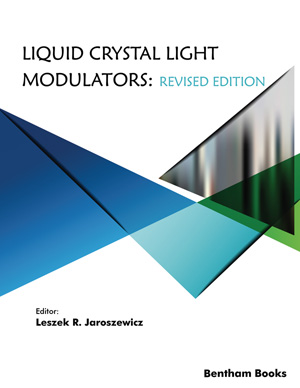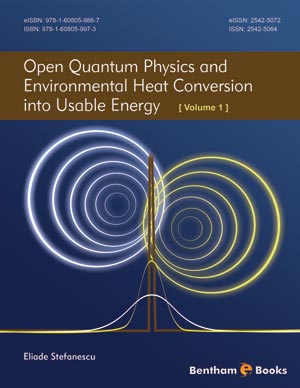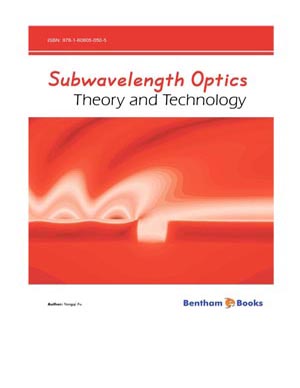Abstract
In the present note, a summary of selected aspects of timedependent mean-field theory is first recalled. This approach is optimized to describe one-body degrees of freedom. A special focus is made on how this microscopic theory can be reduced to a macroscopic dynamic for a selected set of collective variables. Important physical phenomena like adiabaticity/diabaticity, one-body dissipation or memory effect are discussed. Special aspects related to the use of a time-dependent density functional instead of a time-dependent Hartree-Fock theory based on a bare hamiltonian are underlined. The absence of proper description of complex internal correlations however strongly impacts the predictive power of mean-field. A brief overview of theories going beyond the independent particles/quasi-particles theory is given. Then, a special attention is paid for finite fermionic systems at low internal excitation. In that case, quantum fluctuations in collective space that are poorly treated at the meanfield level, are important. Several approaches going beyond mean-field, that are anticipated to improve the description of quantum fluctuations, are discussed: the Balian-V´en´eroni variational principle, the Time-Dependent Random Phase Approximation and the recently proposed Stochastic Mean-Field theory. Relations between these theories are underlined as well as their advantages and shortcomings.
Keywords: Density functional theory, Correlations, Quantum fluctuations.









